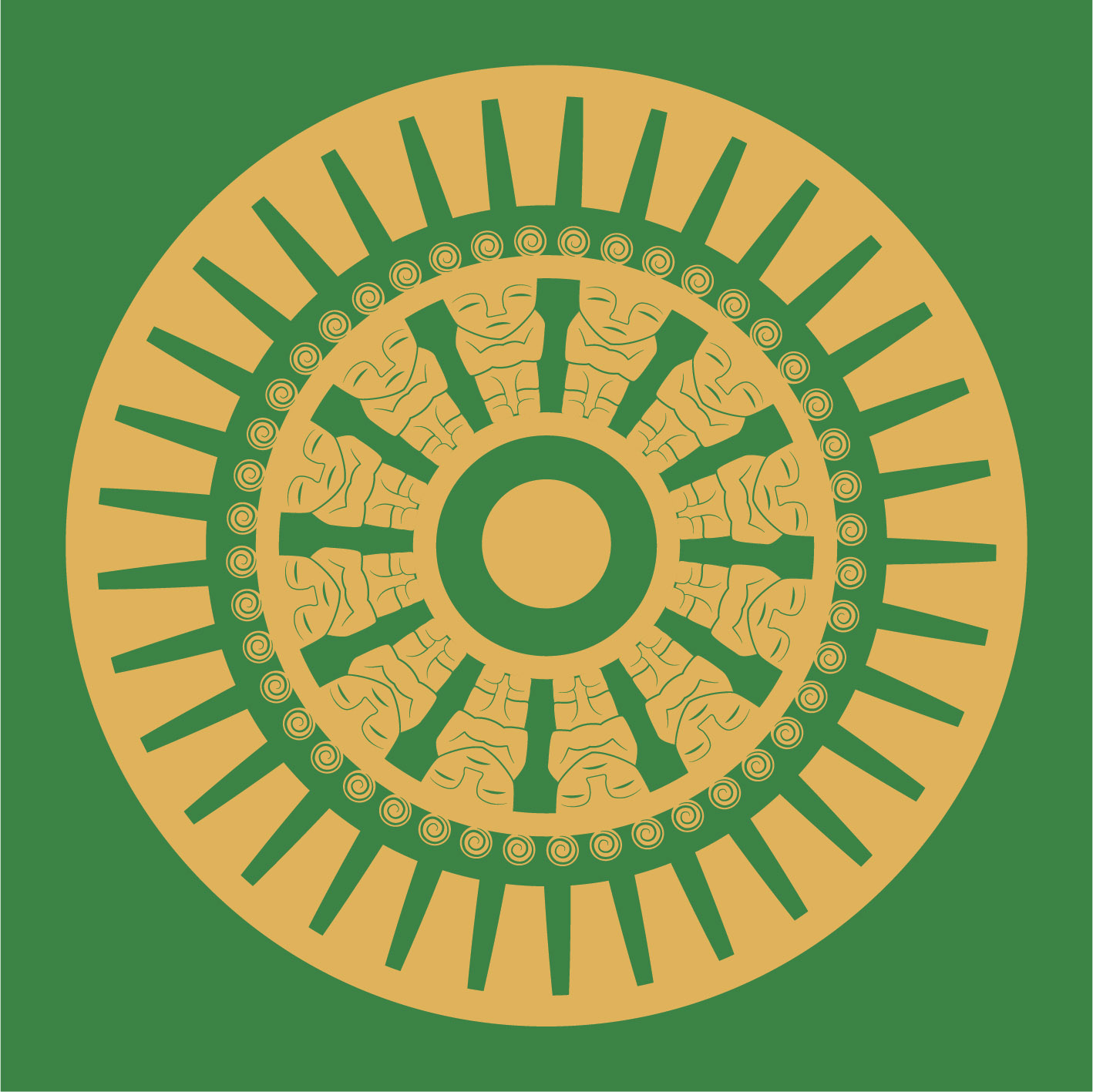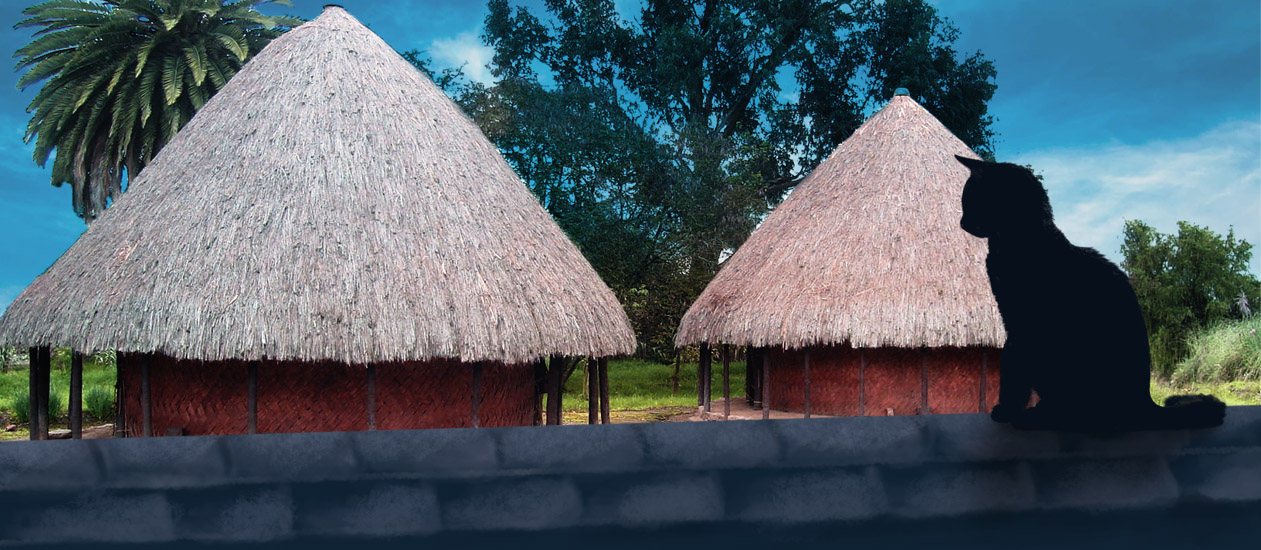Bacatá
All that gold is nothing but gilt over a rotting frame. I've never seen an entire nation be haunted before, but this one is.While old kingdoms feud over territory in Europe, great civilizations dominate the lands of the New World. In the north, Six Nations holds dominion around the Great Lakes and in the south, the Inca control the spine of the Andes. While Nahuac is a strong republic in the central isthmus, the fourth of the great nations is Bacatá, in the northeast Andes.
Structure
Bacatá was once a free confederation, and its organization still reflects that. Bacatá is merely the name of the dominant territory, which took over the others around 1490. Bacatá is divided into three regions of descending power and influence:
- Bacatá: The original territory. In the past, this was the southernmost of the four lesser confederations of tribes that joined together to create the Muisca Confederation.
For the most part, the territories are allowed to self-govern. Bacatá collects annual tribute from the territories but does not care to unify them under a central government. One large exception is that other territories are not permitted to have an army. Young men from across the empire are required to serve in the Bacatain army for 2 years, but individual territories cannot have a standing army beyond a village-sized militia for local defense.
The heads of each territory all have a unique title (e.g., zipa, zaque, tundama, iraca) that is variously translated at chief or king. In Europe, the most standard translation is to call the zipa (the head of Bacatá and overlord of the others) "king", and the others "chiefs". Each territory is further subdivided into localities, each ruled by a Captain. Larger localities, such as larger cities or small regions of realted villages, are ruled by a Great Captain, while smaller villages are ruled by a Minor Captain.
Assets
Bacatá's wealth comes from the earth. A majority of France's pathstones are imported from the emerald mines of Bacatá, along with most of its gold. There is so much gold in the mountains of Bacatá, that one of their traditional rituals involves covered the ruler in gold and then letting it wash away in the waters of a sacred lake.
Among pathstones, however, Bacatá's most significant asset is its near-monopoly on apeiroliths. These powerful pathstones require no charging and work for years and years without slowing down. The official word from Bacatá is that they are extracted from the earth and are blessed by the gods. Many believe that in fact, Bacatan alzamasters have discovered the process to create one out of an ordinary pathstone. Whatever the case, the agreement between Bacatá and France granted the royal family of Bacatá to maintain sole control of the handful of emerald mines that produce apeiroliths in exchange for exclusive trading rights to the stones themselves.
The other important mineral is salt. Musican women have been responsible for extracting salt from the earth for centuries and most French ships these days dry their food reserves with salt from Bacatá. Finally, Bacatá possesses huge seams of coal that is exported to stoke the furnaces of Europe.
Although Bacatá is most known for its mineral exports, its farmers have also taken advante of terrace farming to grow, for example, quinoa, potatoes, maize, coca, tobacco, pineapples, peppers, and coca.
The last of Bacatá's assets is also its most poorly understood. Bacatá is not on a major death highway. Its position high in the mountains means the only movement of ghosts over their land are their own people heading out. Nevertheless, even without apeiroliths, Bacatá has a seemingly endless supply of vesanmer. Nobody knows how they charge up so many pathstones without being located at a major crossroad of ghosts, and this trait exists only in the original Bacatá territory. Even the rest of the empire doesn't know how their overlords do it.
History
The Muisca began as a group of sedentary farmers that spread out across the central plateau in the northern Andes. For most of their history, they lived in small villages with occasional warfare with their neighbours. During times of peace, they travelled between villages for large markets and to trade goods.
They came together to form the Musica Confederation in around AD 1450. This confederation ensured peace between Musica people and allowed them to come together under one military leader in times of war. Uniting their economy helped them to gain power and stability with their neighbours, especially the formidable Inca.
The peace of the Muisca Confederation did not last. In 1490, the zipa of Bacatá gathered his army and invaded Hunza, the northern territory. The Bacatan army was supported by apeiroliths, as well as a seemingly endless supply of regular pathstones. Hunza capitulated to Bacatá, soon after followed by the surrender of Tundama and Sugamuxi.
In the following decades, subsequent kings led expansionist campaigns to bring more and more of the region under their control. Bacatá grew powerful, and only stopped expanding when they reached the borders of the Incan Empire.
Throughout the 16th century, French explorers arrived in the New World. The king of Bacatá granted them permission to set up ports on the coast of his empire, and used them to further expand Bacatá's wealth now that they could export emeralds to Europe. All around Bacatá, France began to seize territory and bring it into their own empire. Even within Bacatá, France pushed further and further inland, taking possession of mines of their own.
In 1725, Bacatá went through a period of political turmoil. A border war with the Inca two years previous, followed by a season of drought and poor harvests, was topped off with the premature death of the king and the ascension of his young heir. In deep financial trouble and politically inexperienced, the young king entered into an agreement with French diplomats to become a vassal of the French Empire. Bacatá would retain home rule, but the export of their resources would be entirely turned over to France and the king would owe allegiance to the king of France.
Zipas, Kings and Princes?
The exact role of the zipa of Bacatá has no exact equivalent in European hierarchies. When the French began first contact with the Musica, they translated it as 'king'. After Bacatá came under French rule, the word zipa began to be translated as 'prince' instead.Since then, Bacatá has been an important possession of the French Empire. It has been called the "Emerald of the French Crown".

Founding Date
1490
Type
Geopolitical, Empire
Alternative Names
French Muisca
Demonym
Bacatan
Government System
Monarchy, Absolute
Power Structure
Client state / puppet state
Legislative Body
The legislature of Bacatá is run by French governors, who hold it to the laws of France and its territories. Local rule has no formal legislature, with laws determined by custom and approved or disapproved by the local ruler.
Parent Organization


